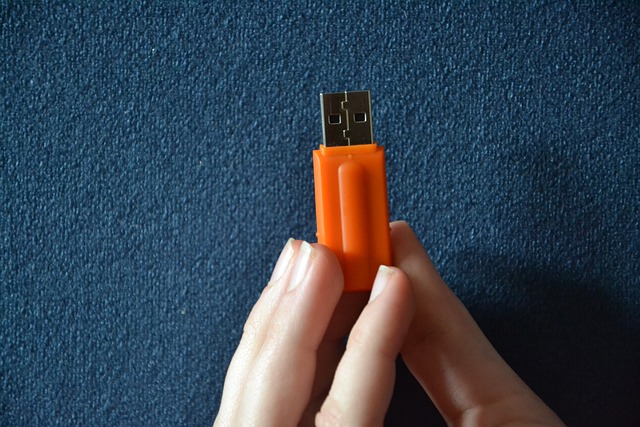
Today's computers, tablets and phones support plug and play technology.
Plug and play is an expression of the English language that has become popular in Spanish thanks to its common use in the field of computing . The phrase can be translated as "plug and play" and refers to the characteristics of those devices that can be used on a computer without the need for configuration.
What plug and play implies, therefore, is that the peripheral in question only has to be plugged into the computer and it can begin to be used. It is not necessary to install particular software or enter parameters , since the computer will recognize the connected device automatically.
For this recognition to take place, the computer operating system must have support for the plug and play device ; In other words, in order for these advantages to be taken advantage of, both parties must meet certain compatibility requirements.
Plug and play examples
The development of plug and play made computers easier to use. Users can buy a product in a store, turn on the computer and start using it, without having to hire a technician or spend time on setup.
USB flash drives , also known as pen drives , are one of the most popular plug and play devices. These drives, which allow all types of digital files to be stored and moved, are connected to the computer's USB port and the operating system recognizes them instantly, allowing the person to copy or view the information in a few steps. In this way, sharing files between two or more computers is very easy.
Within the family of plug and play storage devices are external hard drives , which are also usually connected through a USB port and allow you to make backup copies or store files for everyday use and use them on various devices with a lot of effort. ease: just unplug them from one computer and plug them into another so that both can use the same information.

A pendrive is a plug and play device.
Its use in video game consoles, phones and tablets
All current video game consoles come prepared to use these external drives , although they usually format them in a file system that prevents their use on other computers; This measure prevents users from entering unauthorized files and applications into the console system through a computer, although hackers always manage to break these types of barriers.
Mobile phones and tablet PCs also support plug and play technology , since they are small computers, many times more powerful than our old laptops. In these cases, given that their USB inputs are usually smaller than those present on a computer ( mini or micro , instead of type A , which is the standard size), and that these are devices that tend to be used outside the home, there is a whole special line of plug and play products for them.
Plug and play and OTG technology
On the other hand, through the technology called "On The Go" ( OTG ), it becomes possible to connect any device to a mobile phone or tablet PC through the USB port . Simply put, an OTG adapter converts the terminal into a host , since it would otherwise continue to be a slave ; Thanks to this change in the way it interacts with peripherals, it becomes capable of feeding and managing them.
The combination of plug and play and OTG makes it possible to carry all types of files from a computer to a mobile phone or tablet PC, eliminating the barriers that existed not so many years ago: review and edit documents, watch videos and photos on all our devices, at home, on the train or the plane, without the need for complicated hardware configurations.
